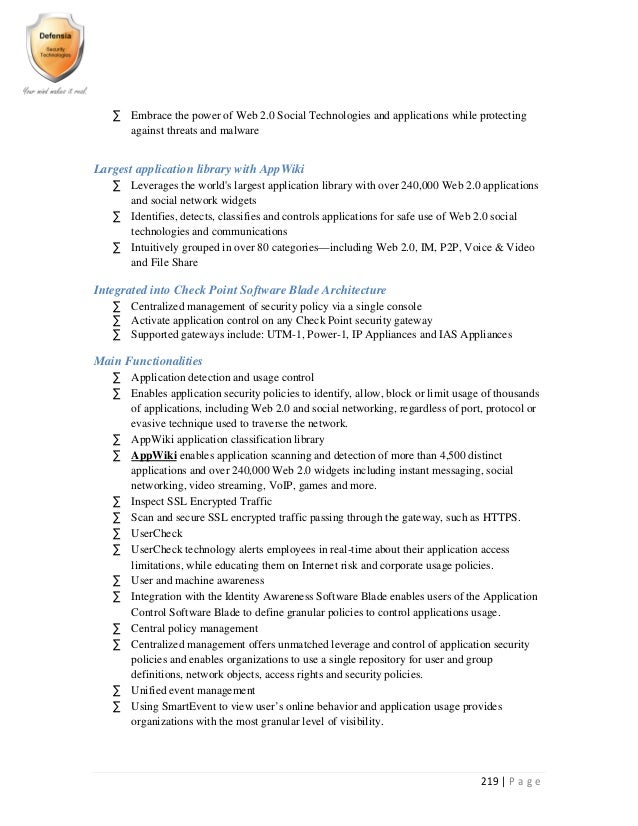Image source: http://s.newsweek.com/sites/www.newsweek.com/files/styles/embed-lg/public/2016/03/21/0321techevolution07.jpg
You can now find various types of computer printers very easily in the market. You can get for example toner-based printers that in fact work by using the xerographic principle. The most commonly used kind of toner based printer being the laser printer. Another type of printer is the liquid inkjet printer that simply sprays very small and precise amount of ink onto the piece of paper or other. You can also get solid ink printers, dye sublimation printers or even inkless printers that use a specific paper containing colourless dye crystals.
But with all this technology we tend to forget that the printing process goes back to hundred of years. Printing first came to Europe as a method for printing on textile in the fourteenth century, where it mainly had a religious use. A century later, what we call block printing was transferred from cloth to other materials and soon playing cards were quickly printed on paper. It is believed though that Mister Gutenberg developed European printing technology in the middle of the fifteenth century in 1439. The printing press invented by Gutenberg in Germany completely changed the production of books and greatly helped to the spread of knowledge throughout Europe and the all world. Books did not have to be hand copied one after the other any more; they could be printed as an alternative! Printing houses started to appear near the time of Gutenberg and were run by master printers. The most famous master printer being in fact Erasmus.
As we can see, computer printers come from very far in history and keep evolving very quickly thanks to the technology used.

